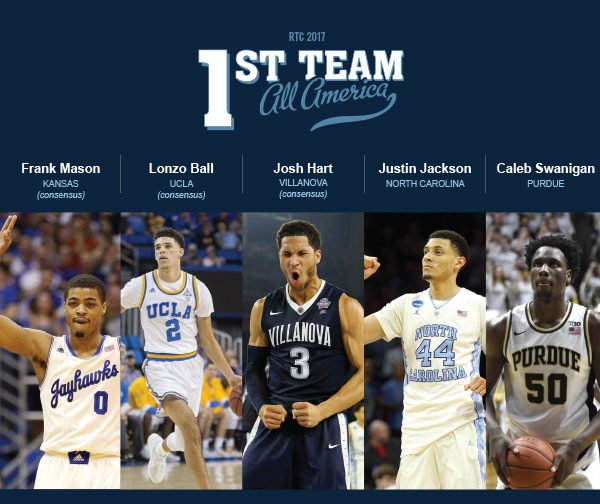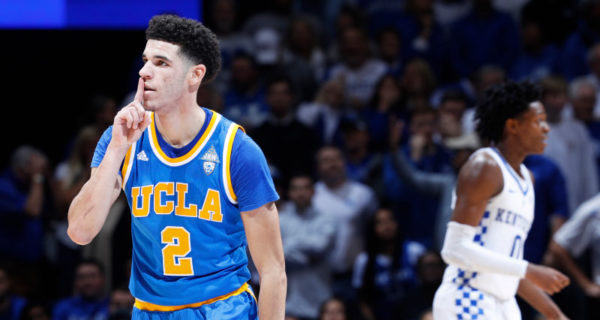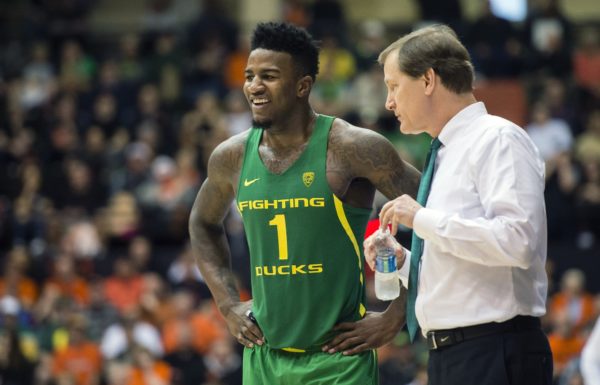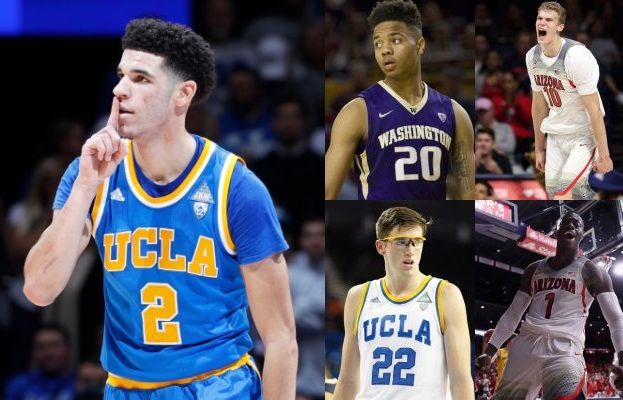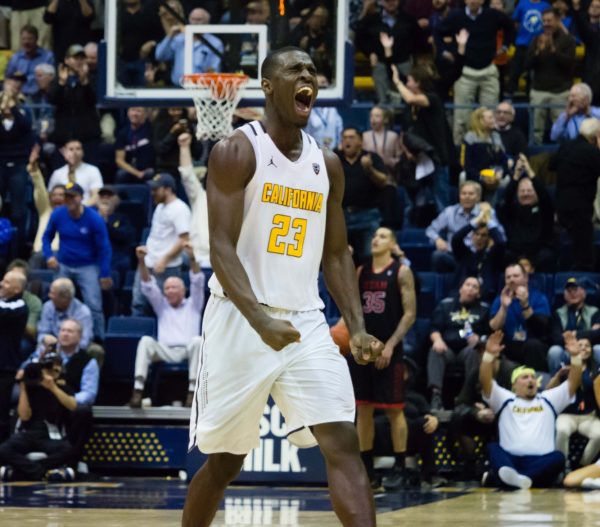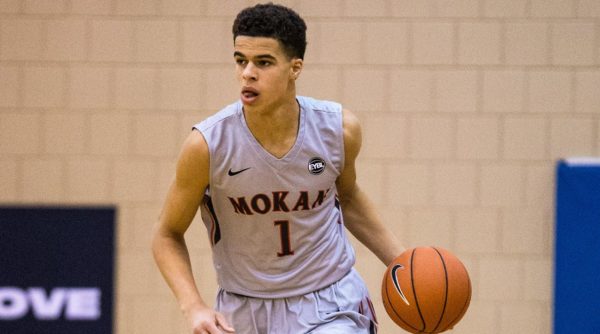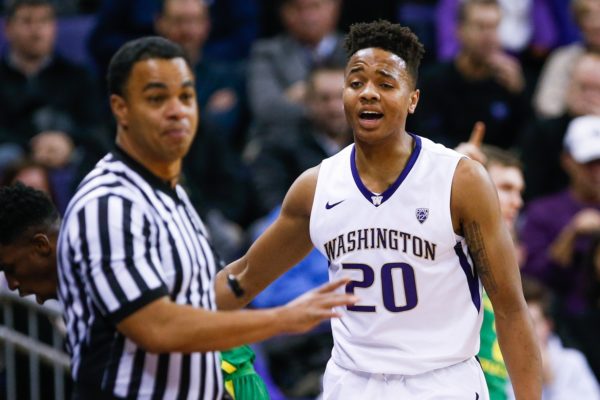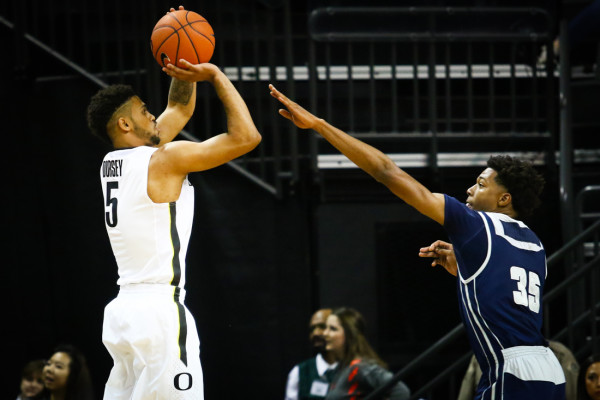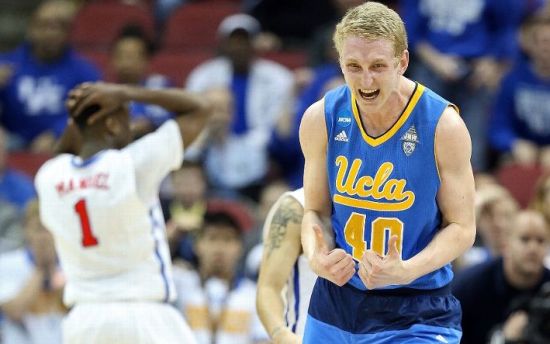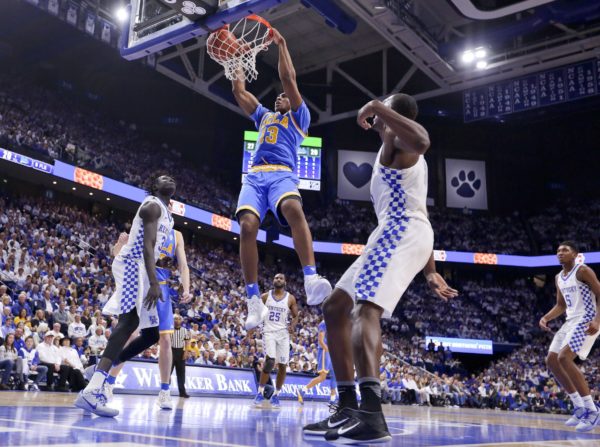2016-17 Rush the Court All-America Teams
Posted by Walker Carey on March 30th, 2017Compiling preseason All-America teams is a difficult task because nobody knows what will come during the upcoming season. There will always be several players who fall short of expectations and there will always be several relatively unknown types who will unexpectedly emerge to stardom. When our outfit of seven RTC pollsters selected their preseason All-America teams in November; nobody could have guessed that only five of the 15 players chosen would live up to their hype; Villanova’s Josh Hart, Oregon’s Dillon Brooks, Iowa State’s Monte’ Morris, Washington’s Markelle Fultz, and Kansas’ Josh Jackson. Hart was the only player projected to be a first-teamer who ended up there. The 10 other players who did not make our postseason team are Duke’s Grayson Allen and Jayson Tatum, California’s Ivan Rabb, Maryland’s Melo Trimble, Wisconsin’s Nigel Hayes, Indiana’s Thomas Bryant, NC State’s Dennis Smith, Xavier’s Edmond Sumner and Trevon Bluiett, and Kentucky’s Bam Adebayo. All turned in varying degrees of productive seasons but were surpassed in achievements by the names that moved ahead of them on our list. Here are the 2016-17 RTC All-America Teams.
First Team All-America
- Frank Mason, Senior, Kansas (consensus) (20.9 PPG, 5.2 APG, 49% FG, 47.1% 3FG). After being little more than a complementary contributor during his first three seasons in Lawrence, Mason wrapped up his collegiate career this season in spectacular fashion. What the point guard lack lacks in stature (he is listed at just 5’11”), he made up for it in big time performances. Kansas earned its 13th consecutive Big 12 regular season title and advanced to the Elite Eight this season, and neither of those would have been possible without Mason elevating his game to a superstar level. One of the coolest things about college basketball is when a relatively unheralded recruit develops into one of the country’s most accomplished players – and Mason certainly personified that in his senior season. Kansas fields a great team every year, but it is certain the Jayhawks will miss Mason’s services when they hit the hardwood again next fall.
- Josh Hart, Senior, Villanova (consensus) (18.7 PPG, 6.4 RPG, 51% FG, 40.4% 3FG). Hart starred on last season’s National Championship team, but he took his game to another level during his senior season. The Big East Player of the Year joined Villanova legend Kerry Kittles as the only players in program history to amass 1,800 points, 700 rebounds, 250 assists, and 150 steals. Villanova’s season ended with a surprising Second Round loss to Wisconsin in the NCAA Tournament, but that defeat should not cloud anyone’s perception of Hart’s season, as he was phenomenal from the opening tip of the first game to the final buzzer of the last one.
- Lonzo Ball, Freshman, UCLA (consensus) (14.6 PPG, 7.6 APG, 6.0 RPG, 55.1% FG). Last year at this time, UCLA was coming off a very disappointing 15-17 season that suggested the 2016-17 campaign would be a make-or-break year for Steve Alford in Westwood. Luckily for the Bruins’ head coach, the arrival of Ball as the gem of a star-studded recruiting class aided significantly in morphing UCLA from a losing team to a Sweet Sixteen squad. A dynamic point guard known for his incredible court vision and ability to make his teammates better, Ball also helped had a knack for making key plays in big games – most notably in a December win at Kentucky and in a February home win over Oregon. Unfortunately for Bruins fans, they will not get to experience more of those star performances, as Ball quickly made his intention to enter the NBA Draft known following UCLA’s Sweet Sixteen loss to Kentucky.
- Justin Jackson, Junior, North Carolina (18.2 PPG, 4.7 RPG, 2.8 APG). Following North Carolina’s heartbreaking defeat to Villanova in last year’s title game, Jackson chose to test the NBA Draft waters before ultimately returning to Chapel Hill for his junior season. At the time, Jackson stated, “The best choice for my basketball future is to return to school and play for the Tar Heels next season.” His statement turned out to be prophetic, as he became North Carolina’s go-to guy on his way to leading the team in scoring and earning the ACC Player of the Year award. The Tar Heels are a balanced unit with talent littering the roster, but Jackson’s emergence to stardom is the most important reason why Roy Williams’ team has another chance to play for the title this weekend in Phoenix.
- Caleb Swanigan, Sophomore, Purdue (18.5 PPG, 12.5 RPG, 52.7% FG, 44.7% 3FG). The sophomore big man was a double-double machine for the regular season Big Ten champion — finishing a stellar year with 28 double-doubles and having four games where he grabbed 20 or more rebounds. A big reason for Swanigan’s increased productivity in his sophomore campaign was improved conditioning, as his minutes per game rose from 25.7 to 32.5. He also added a reliable three-point shot to his arsenal, improving his percentage in that are of the game to a robust 44.7 percent. As a result, the Boilermakers advanced to their first Sweet Sixteen since 2010, and that charge was led by a monster season from the All-American.





























